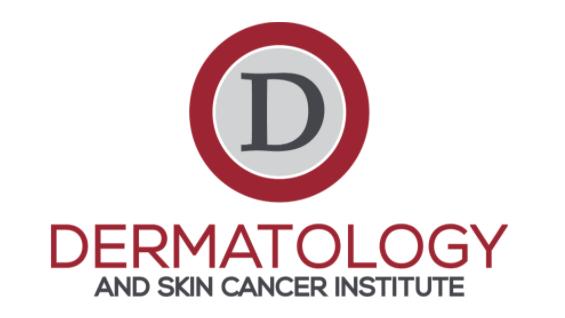What are Molluscum?

Molluscum contagiosum is a viral infection most commonly found in children aged 2-10 years old but can also occur in adults. These viral lesions sprea
Lesions are not dangerous and will eventually go away on their own. Once a molluscum heals, it may leave a faint pink mark (also known as post-inflammatory hyperpigmentation) or a pockmark scar. Scars usually are very small, and some improve over time, especially as children grow.
Even though molluscum are self-limiting, they can spread and become bothersome enough to warrant treatment. Treatment options vary from conservative to more aggressive options.
A more conservative approach includes applying Cetaphil cream to occlude lesions and help maintain a healthy skin barrier. Another method that has been proven to help is applying a heating pad for 10 minutes once weekly. Molluscum should be covered before using this method as the heating pad can spread molluscum to others if directly in contact with the skin. While both conservative methods have been shown to be effective, molluscum oftentimes need further treatment.
More aggressive treatment options include topical medications and in-office treatments. A retinoid that can be found over the counter, adapalene 0.1% gel, can be applied to lesions nightly until irritation occurs and lesions resolve. There are stronger retinoids that can also be prescribed in the office. Another topical prescription is Aldara, a chemotherapy cream also known by its generic name imiquimod. When applied 4-7x weekly (as tolerated), irritation occurs and helps to resolve lesions.
Procedures that can be performed in the office include application of cantharidin, also known as “beetle juice,” where liquid derived from a blistering beetle is applied to affected lesions. Alternatively, liquid nitrogen is a procedure in which lesions are frozen and form a blister after treatment. This treatment is more painful and may not be tolerated well in children. Whether cantharidin or liquid nitrogen is used, the blister that forms thereafter usually takes about 1-2 weeks to heal. To be most effective, most lesions need at least two, if not more, in-office treatments.
An important part of treatment is avoiding reinoculation (infecting oneself) and trying to avoid spread to others. Molluscum are spread through skin-to-skin contact, especially when skin is wet. If swimming, it is recommended to wear swim shirts or waterproof band aids over lesions to prevent spread to others. This also prevents spread through pool equipment such as noodles, kickboards, goggles, etc. A child who has molluscum should be bathed separately from siblings, using different towels, wash cloths, and toys.
Schedule a consult with Megan Quinn, PA-C, in Fort Washington or Lansdale for evaluation and discussion of potential treatment options if needed.
